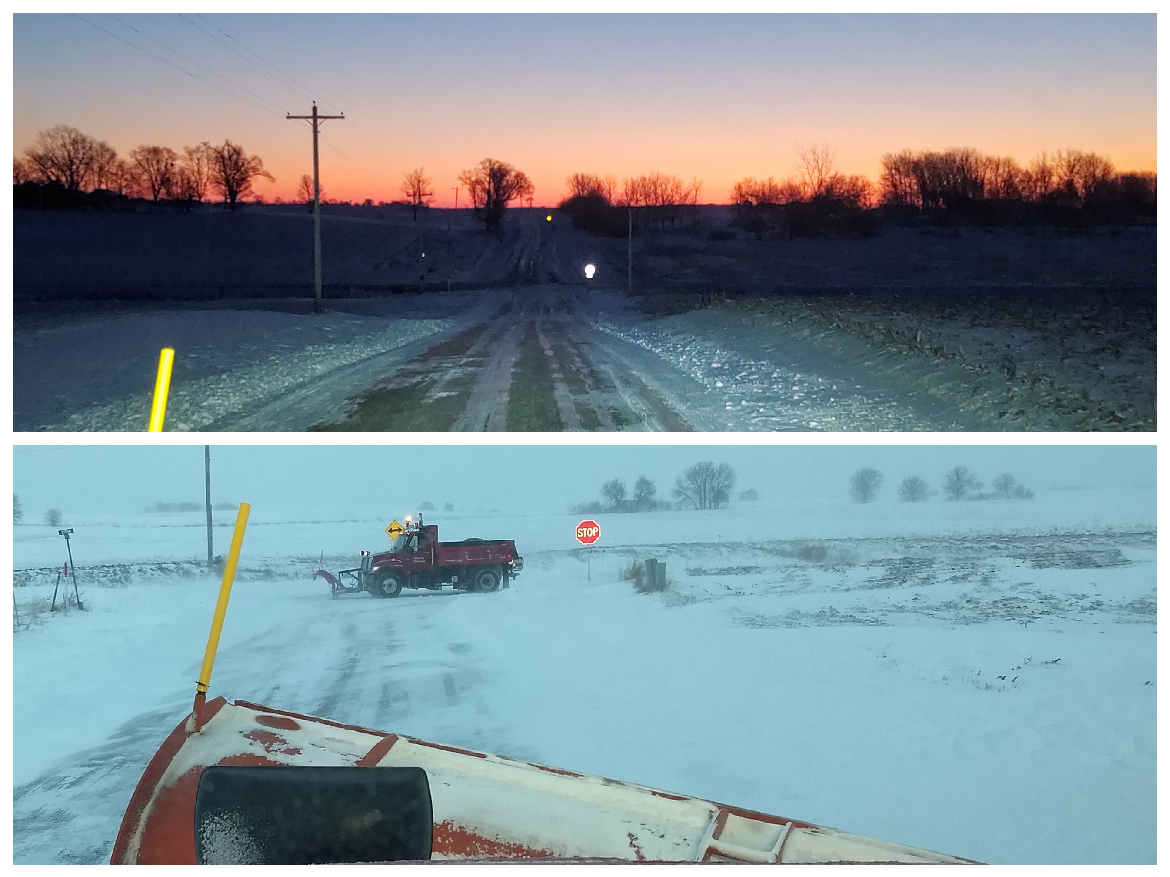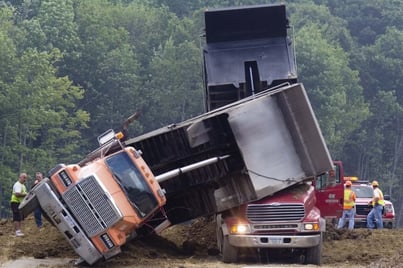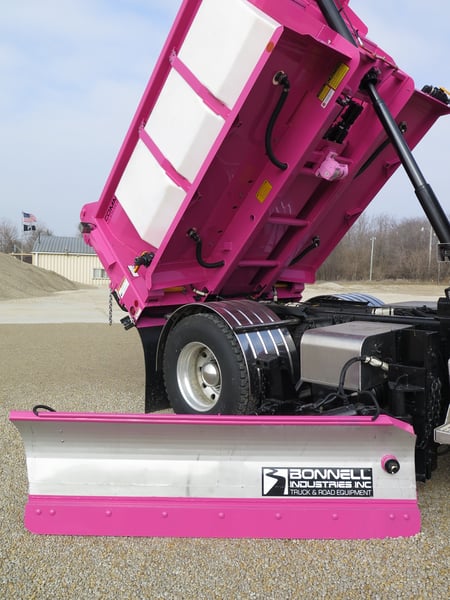By Allen Twidell on Oct 1, 2021 10:15:00 AM
Restaurants should seriously consider this....or squeeze bottles ( that might be easier). But for real, I'm sure you can relate to this situation. After smelling food (is it just me or does food smell better when you don't have to prepare it yourself?!) for around 30 minutes, by the time that plate of hot french fries and a juicy cheeseburger is placed in front of you, it is time to eat! You don't have time to deal with...well, anything else. 🍔🍟
You are ready to dig in but first, condiments. You reach for the ketchup (is it catsup or ketchup?!) bottle, take the lid off, and try to pour it out but it doesn't work. You are now faced with a frustrating dilemma. Either you say to the waiter/waitress "excuse me, can I please have a ketchup bottle equipped with a flow aid device such as a vibrator to get the ketchup flowing" or you can try manual methods to overcome the bottleneck such as inserting a knife into the bottle while tipping it upside down or hitting the bottom of the bottle repeatedly (as demonstrated below by George Costanza)...all of which have inadequate/embarrassing results.You run the risk of:
- Hurting yourself in the process...with the knife or shattered glass if you hit the bottle on your plate or table by accident
- Dousing your long-awaited food with a ketchup downpour
- Trying to enjoy your "under-ketchuped" fries because you had to take what you could get before your food got cold
Applying Vibration To "Stuck" Material
How fast would that ketchup have come out if the bottle really were equipped with a powerful vibrator to start and maintain flow? The same is true for truck beds containing stubborn material that needs to be unloaded. Material can be unloaded quickly, safely, and more completely with the use of applied vibration.
Improve Productivity
- Unload material faster
- Experience less carryback as each load will contain more material if the truck bed doesn't have a portion of its capacity taken up by residual, stuck-on material.
- Full capacity loads lead to quicker loading and unloading because the truck bed doesn't need to be manually cleaned out in between loads.
Increase Safety
- Reduce the likelihood of accidents and/or the driver getting hurt
- Decrease the need for manual labor and the aches and pains that go along with it
Vibration on Salt Trucks

I have worked in the material handling industry for 27 years and only since I started plowing roads in the Illinois winters four years ago can I truly relate to the problems of plow truck drivers. The last thing I want to do when it is 4:00 am, windy, and 10 degrees is to get out of the truck to manually intervene with the plowing/salt spreading process.
1) It is cold 🌡️
2) I am tired 💤
3) I don't want to get hurt 🤕
One of the road commissioners I work with told me "now with vibrators on our trucks, the drivers are actually putting salt where it needs to be." Sometimes in the past, drivers would choose to not spread salt rather than have to stop the truck and/or get out. That situation I'm sure is not that uncommon but it is a huge safety issue for those traveling on the unsalted roads.
Back to condiments, let's add salt to that. Shake that salt...on fries and on roads! Salt is safe - well on icy roads in the winter but not for your blood pressure when regularly consumed.
Anytime a driver gets out of the truck, it increases risk!
- You can potentially get hit by another vehicle.
- Manually shoveling material left in a truck bed can lead to back problems and fatigue.
- Trying to manually dislodge stuck material by using methods such as hitting/pounding on the truck or jerking the
 truck/transmission by slamming on the breaks can cause truck damage, leading to expensive repairs.
truck/transmission by slamming on the breaks can cause truck damage, leading to expensive repairs. -
The driver is now walking around on rocky/icy/uneven surfaces and is susceptible to slip/trip hazards.
-
Trucks move/roll/tip and the safest place for the driver is inside the cab of the truck.
So, in closing...if you are dealing with stubborn/stuck material, find a solution. Add industrial vibration. There is no need to keep dealing with less than ideal conditions.

.jpg)


.jpg?width=4984&name=IMG_20161005_120230475_HDR%20(2).jpg)

comments